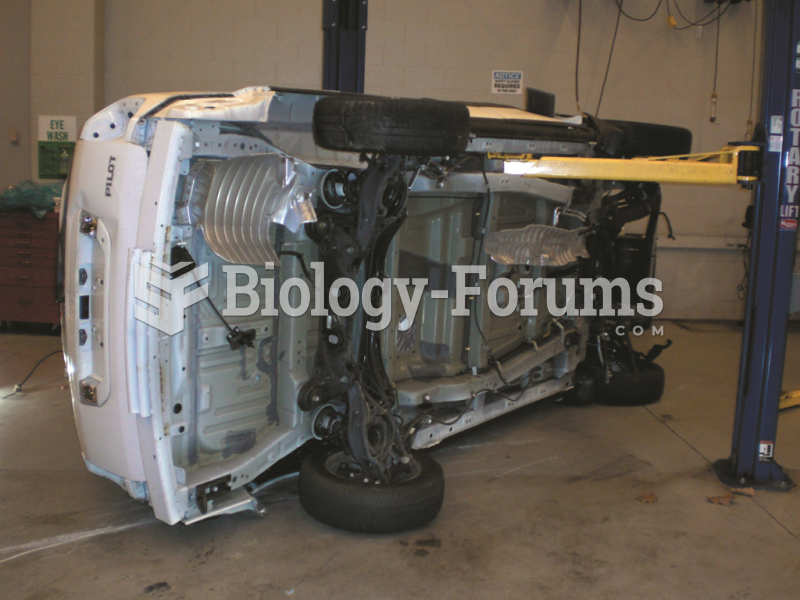|
|
|
Did you know?
The human body produces and destroys 15 million blood cells every second.
Did you know?
There are more sensory neurons in the tongue than in any other part of the body.
Did you know?
Vital signs (blood pressure, temperature, pulse rate, respiration rate) should be taken before any drug administration. Patients should be informed not to use tobacco or caffeine at least 30 minutes before their appointment.
Did you know?
Approximately 15–25% of recognized pregnancies end in miscarriage. However, many miscarriages often occur before a woman even knows she is pregnant.
Did you know?
Illicit drug use costs the United States approximately $181 billion every year.
 This training vehicle fell from the hoist because the pads were not set correctly. No one was hurt, ...
This training vehicle fell from the hoist because the pads were not set correctly. No one was hurt, ...
 Typical ignition timing map developed from testing and used by the vehicle computer to provide the ...
Typical ignition timing map developed from testing and used by the vehicle computer to provide the ...





